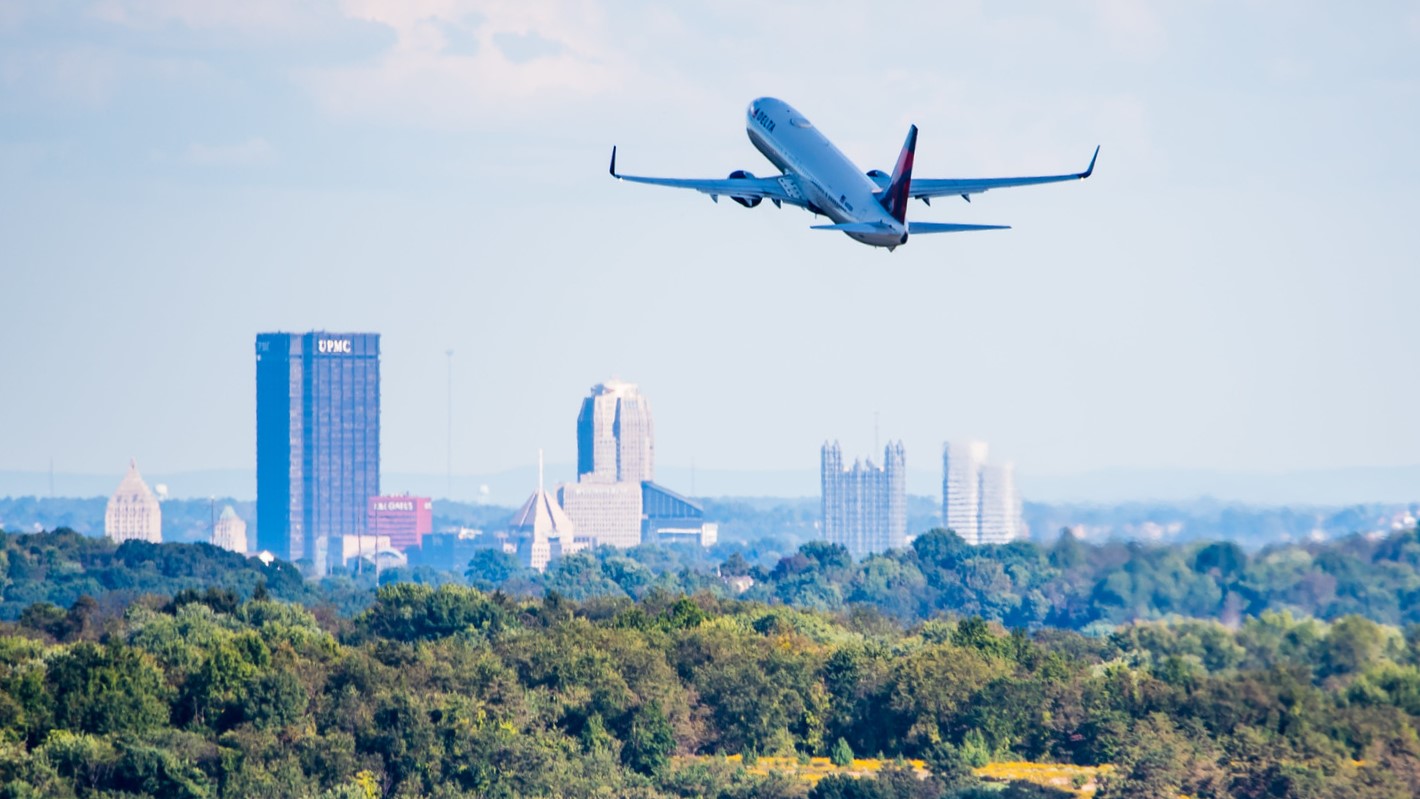The aviation growth in the Caribbean and Latin America
Aviation growth in the Caribbean has shown a remarkable trajectory. With positive prospects for the industry in Latin America and the Caribbean region as a whole. In May 2023, the region surpassed the passenger traffic levels of 2019 for the second time this year. Although the Middle East has emerged as the region with the highest recovery worldwide, exceeding 3.2%.
Compared to May 2019 levels, Latin America and the Caribbean have exhibited impressive performance. Most in terms of domestic and international passenger movement. According to the World Bank, the LAC region is expected to experience a slowdown in economic growth. Most projected at 1.5% in 2023. This represents a 0.2% decrease from the bank’s January 2023 forecast.
Consequently, restrictive monetary policies are anticipated for the year due to persistently high internal inflation. However, with historically low unemployment rates, the demand for air travel is expected to remain stable. Even with a reduction in consumer purchasing power caused by inflation.
The growth of the aviation industry in Latin America and the Caribbean reflects its crucial role in facilitating travel and economic development in the region. Despite economic challenges, the industry has exhibited resilience and promising prospects for 2023. As economies recover and travel demand increases, it is expected that further investments in infrastructure, fleet expansion. And technology will contribute to the sustained growth of aviation in the region.
Increase of passenger traffic and tourism in the region
Aviation growth in the Caribbean has been a catalyst for the increased traffic of passengers and the flourishing tourism industry in the region. The Caribbean region, with its stunning natural landscapes, pristine beaches. And also vibrant cultures, has long been a coveted destination for travelers from around the world.
The growth of the aviation industry has played a pivotal role in making this tropical paradise more accessible and enticing to tourists. Enhanced connectivity and expanded flight routes have allowed for easier and more convenient travel to the Caribbean. This, in turn, has resulted in a significant increase in the number of tourists visiting the region.
Airlines have responded to this growing demand by increasing flight frequencies and introducing new routes, thereby accommodating the influx of travelers. The rise in passenger traffic has had a direct impact on the tourism industry, which is a vital source of revenue and employment for many Caribbean countries.
The increased number of visitors has spurred the growth of various sectors associated with tourism, including hospitality, accommodation, restaurants, and recreational activities. Local businesses have flourished, creating new job opportunities and contributing to the overall economic development of the region.
Moreover, the boost in tourism has encouraged further investments in infrastructure. Airports in the Caribbean have undergone significant expansions and renovations to handle the growing passenger volumes. Upgraded facilities and services have enhanced the overall travel experience, making it more seamless and enjoyable for tourists.
In addition to the economic benefits, the increase in tourism has also brought about cultural exchanges and a greater understanding between different nations. Travelers from diverse backgrounds have the opportunity to immerse themselves in the rich traditions, music, cuisine, and heritage of the Caribbean, fostering cross-cultural interactions and promoting global harmony.
Challenges faced by aviation in Latin America and the Caribbean
Aviation growth in the Caribbean has encountered several challenges in the Latin America and Caribbean region. One of the primary obstacles faced by the aviation industry is the need for modernizing and expanding existing infrastructure. Many airports in the region have limited capacity and outdated facilities, making it difficult to handle the increasing number of passengers.
This poses challenges in terms of efficiently managing operations, accommodating larger aircraft, and providing a seamless travel experience for passengers. Another significant challenge is the high cost of aviation operations in the region. Factors such as fuel prices, maintenance expenses, and labor costs can impact the profitability of airlines. This, in turn, affects ticket prices and can pose challenges for both airlines and passengers.
Finding ways to mitigate these costs while maintaining high safety and service standards is crucial for the sustainable growth of the aviation industry in the Caribbean. Regulatory frameworks and bureaucratic processes can also create hurdles for airlines operating in the region. Inconsistent policies and lengthy approval processes can impede the smooth functioning of airlines. Streamlining regulations and creating a more favorable business environment would promote investment and foster growth in the aviation sector.
The fluctuating economic conditions in the Latin America and Caribbean region present another challenge for the aviation industry. Economic downturns can lead to reduced travel demand, affecting passenger numbers and profitability for airlines. This volatility requires the industry to adapt quickly, explore new markets, and diversify revenue streams to mitigate the impact of economic fluctuations.
Optimistic perspectives and projections for aviation in Latin America and the Caribbean in 2023
Aviation growth in the Caribbean holds optimistic prospects and projections for the Latin America and Caribbean region in 2023. Despite the challenges faced by the industry, there are several factors that contribute to a positive outlook for aviation in the region. One of the key drivers of optimism is the continuous increase in passenger traffic.
As economies recover from the impact of the pandemic, the demand for air travel is expected to rise. This trend indicates a strong appetite for travel and suggests that the aviation industry will play a vital role in connecting people and facilitating economic growth. Another positive factor is the expansion of routes and connections.

Airlines are investing in opening new routes and improving connectivity within the region. This not only allows for greater access to popular tourist destinations but also promotes business travel and trade between countries. Enhanced connectivity stimulates economic activity, encourages investment, and boosts tourism, all of which contribute to the growth of the aviation industry.
Furthermore, the region’s commitment to infrastructure development is a positive sign for the aviation sector. Investments in airport modernization and expansion projects are underway, aiming to address the capacity constraints and improve the overall travel experience. Upgraded facilities, more efficient processes, and advanced technologies will enhance operational efficiency and passenger satisfaction.


